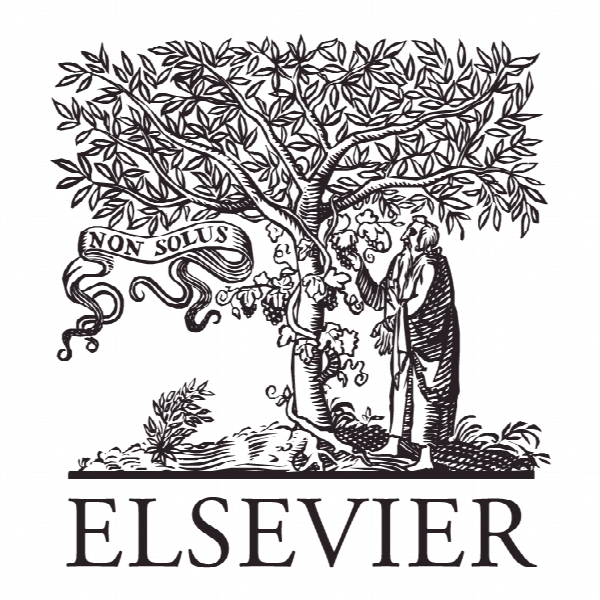تعامل مدل 2.0: پویایی ارتباطات اجتماعی در زمینه های سازمانی Interactivity Model 2.0: Social communication dynamics in organizational contexts
- نوع فایل : کتاب
- زبان : انگلیسی
- ناشر : Elsevier
- چاپ و سال / کشور: 2017
توضیحات
رشته های مرتبط مدیریت
مجله تحقیقات بازاریابی – Journal of Business Research
دانشگاه ایالتی مدلین، کلمبیا
نشریه نشریه الزویر
مجله تحقیقات بازاریابی – Journal of Business Research
دانشگاه ایالتی مدلین، کلمبیا
نشریه نشریه الزویر
Description
1. Introduction For almost a decade, society has been using social media to weave a new organizational context (Boughzala, 2012; Bughin, 2010; Bughin & Chui, 2013; Fuetterer, 2013; Holtzblatt, Drury, Weiss, & Damianos, 2013). Accordingly, this field has to create and improve proposals that integrate this concept of social business into organization models. Social business allows companies to enrich themselves using social networks as structures to transfer knowledge. This process includes internal knowledge but also external knowledge that would help to expand the company’s frontiers; that is, obtaining the knowledge from experts outside the company through collaborative spaces. Social business trains an organization to respond effectively to constant changes in the environment to promote the company’s development and fulfill its objectives while empowering its organizational strategies. As a response to these new social organizational contexts, this study presents a Knowledge Transfer Model 2.0 (COOPIN 2.0), a framework that proposes social media and social business drawing on the following models: Cooperation 2.0, Collaboration 2.0, Interactivity 2.0, and Participation 2.0. Meanwhile, social media, which supports Interactivity 2.0, is becoming a scenario for participation. This scenario allows Knowledge Transfer Process 2.0 (KTP 2.0) actors to create and transfer knowledge, exchanging roles and enriching a communication process based on the individual as a participative actor. Interactivity has left behind passive spectators and has started a new form of communication in which both senders and receivers may give an opinion, update, change and create new information and knowledge in a social collective construction. The following section explains preliminary concepts, description, and definition of the Interactivity Model 2.0. Section 3 explains the method; Section 4 presents the Interactivity Model 2.0; and Section 5 explains a case study implementing the model. Lastly, Section 6 includes the results and conclusions.


